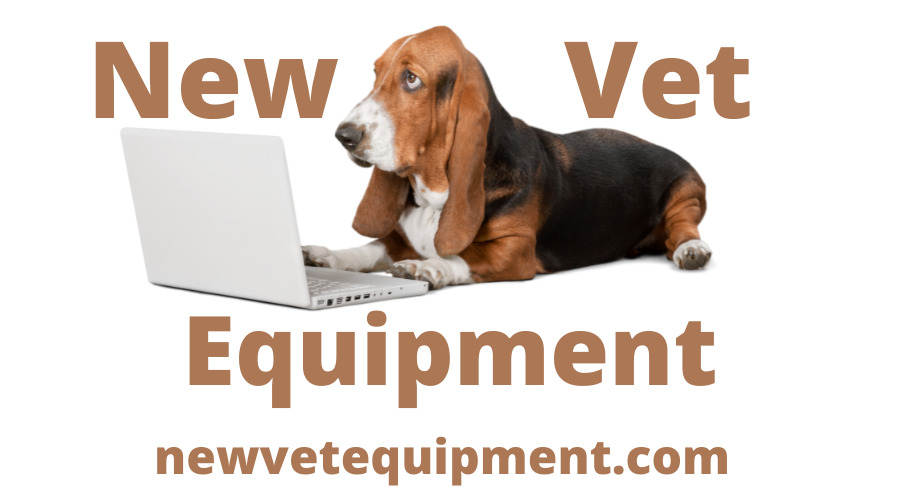4 Diagnostic Tools for Your New Veterinary Practice
Launching a new veterinary hospital is an exciting adventure that involves the responsibility of providing top-tier care from day one.
Kick-starting your practice with the proper diagnostic tools is paramount for accurate diagnoses, effective treatments, and building trust with pet owners—all of which are huge contributing factors to a successful veterinary hospital.
Let's explore some key diagnostic equipment that can lay a good foundation for your diagnostic workflow and patient care.
TonoVet Plus Tonometer: Quick and Painless Intraocular Pressure Measurement
Eye health is a core element of veterinary care, and early detection of conditions like glaucoma can prevent irreversible damage. The TonoVet Plus Tonometer provides a non-invasive, anesthesia-free method for measuring intraocular pressure (IOP) in dogs, cats, rabbits, and horses.
Key Features:
Species-specific calibration modes
Red/green positioning lights for accurate alignment
Automated averaging of six measurements
Lightweight and ergonomic design for single-hand operation
To put it into perspective, let’s take a sneak peek at a routine wellness exam, where a 12-year-old indoor cat, Chloe, presents with mild lethargy and a slightly dilated pupil—subtle signs that might easily be overlooked.
Using the TonoVet Plus, your technician quickly detects a noticeable difference in intraocular pressure between the two eyes.
This prompts further investigation and timely intervention, allowing you to address the issue early and provide care that could prevent more serious complications, giving both your patient and the client the benefit of proactive, attentive medicine (what a great first impression!).
Digital X-Ray: Comprehensive Imaging for Accurate Diagnoses
There is no replacement for high-quality imaging in diagnosing such a wide range of conditions. Digital x-ray systems provide clear images with reduced radiation exposure and faster processing times.
Benefits:
Immediate image capture and viewing
Enhanced image quality for better diagnostic accuracy
Reduced need for retakes, minimizing patient stress
Efficient storage and sharing of images
Imagine a cat presenting with nonspecific abdominal pain. A digital x-ray quickly reveals a foreign object in the gastrointestinal tract, allowing for timely surgical intervention and, thankfully, an uneventful recovery!
Dental X-Ray Units: Unveiling Hidden Oral Pathologies
Dental health is easily overlooked but is vital to overall well-being. Dental x-ray units enable veterinarians to detect issues beneath the gum line that are not visible during a standard oral examination.
Advantages:
High-resolution imaging of teeth and jaw structures
Early detection of periodontal disease, tooth resorption, and fractures
Improved treatment planning and client communication
Take Penny, a senior dog here for a routine dental cleaning with no visible issues. Dental X-rays reveal advanced periodontal disease affecting multiple teeth. Early intervention prevents further complications, enhances her quality of life, and restores her love for food.
Laser Therapy Devices: Promoting Healing and Pain Relief
Laser therapy is a non-invasive treatment that accelerates tissue repair and reduces inflammation. It benefits various conditions, including arthritis, wound healing, and post-surgical recovery.
Benefits:
Decreased pain and inflammation
Accelerated tissue regeneration
Improved blood circulation
Non-invasive and well-tolerated by patients
Picture this… Johnny, a rabbit with a non-healing wound, receives a short series of laser therapy sessions. His treatment results in faster healing and reduced discomfort, leading to a more comfortable healing experience and increased owner satisfaction with the care provided.
Investing in Diagnostic Excellence
Equipping your new veterinary hospital with advanced diagnostic tools is a strategic investment in both patient care and practice efficiency.
Advanced diagnostics, such as the TonoVet Plus Tonometer, digital X-ray, dental X-ray, and laser therapy, elevate patient care by enabling earlier and more accurate detection and treatment of health issues, often before clinical signs become apparent.
These tools enable veterinary teams to make data-driven decisions quickly, thereby reducing guesswork and enhancing diagnostic confidence.
Whether they detect subtle changes in intraocular pressure, identify hidden dental disease beneath the gum line, or visualize fractures or internal concerns with radiography, these technologies enable veterinarians to treat proactively rather than reactively.
Ultimately, that means less discomfort, faster recovery, and better quality of life for our patients.



